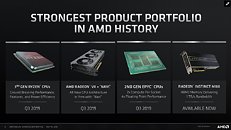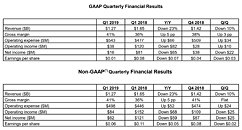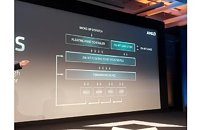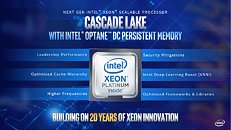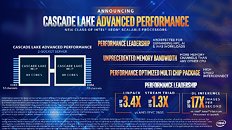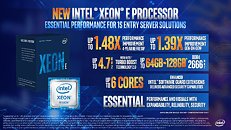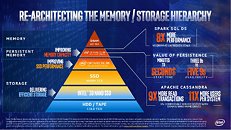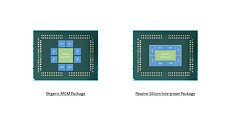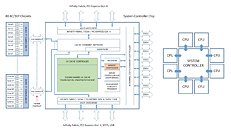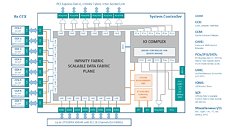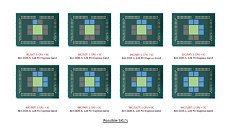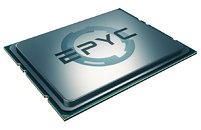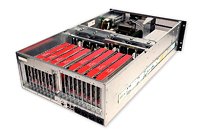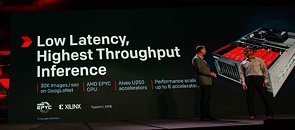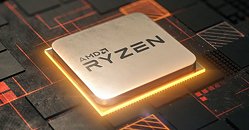
AMD Confirms Launch of Next-gen Ryzen, EPYC and Navi for Q3
During AMD's annual shareholder meeting today, AMD president and CEO Dr. Lisa Su confirmed the launch of next-generation AMD Ryzen, EPYC CPUs and Navi GPUs for the third quarter of this year. The expected products are going to be manufactured on TSMC's 7 nm process and will be using new and improved architectures.
Ryzen 3000 series CPUs are rumored to have up to as much as 16 cores in Ryzen 9 SKUs, 12 cores in Ryzen 7 SKUs and 8 cores in Ryzen 5 SKUs. EPYC server CPUs will be available in models up to 64 cores. All of the new CPUs will be using AMD "Zen 2" architecture that will offer better IPC performance and, as rumors suggest for consumer models, are OC beasts. Navi GPUs are the new 7 nm GPUs that are expected to be very competitive both price and performance wise to NVIDIA's Turing series, hopefully integrating new technologies such as dedicated Ray Tracing cores for higher frame rates in Ray Tracing enabled games. No next generation ThreadRipper launch date was mentioned, so we don't yet know when and if that will that land.
Ryzen 3000 series CPUs are rumored to have up to as much as 16 cores in Ryzen 9 SKUs, 12 cores in Ryzen 7 SKUs and 8 cores in Ryzen 5 SKUs. EPYC server CPUs will be available in models up to 64 cores. All of the new CPUs will be using AMD "Zen 2" architecture that will offer better IPC performance and, as rumors suggest for consumer models, are OC beasts. Navi GPUs are the new 7 nm GPUs that are expected to be very competitive both price and performance wise to NVIDIA's Turing series, hopefully integrating new technologies such as dedicated Ray Tracing cores for higher frame rates in Ray Tracing enabled games. No next generation ThreadRipper launch date was mentioned, so we don't yet know when and if that will that land.
